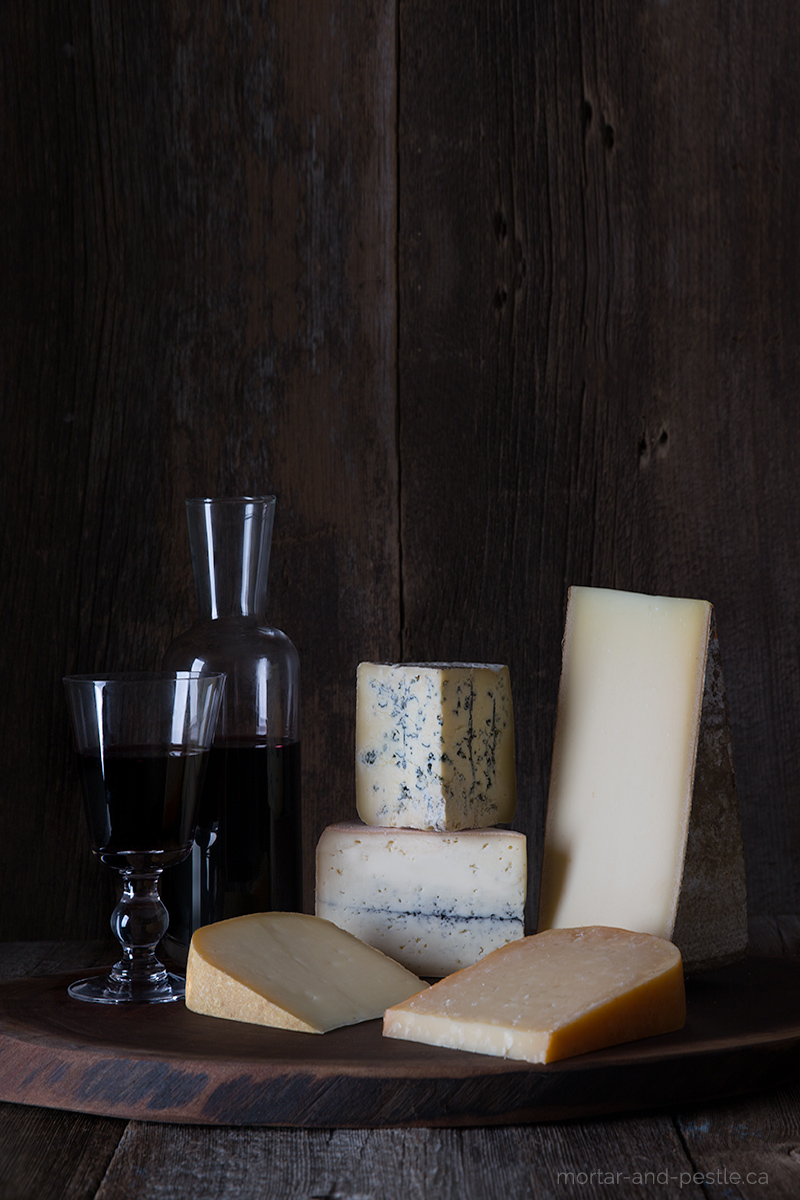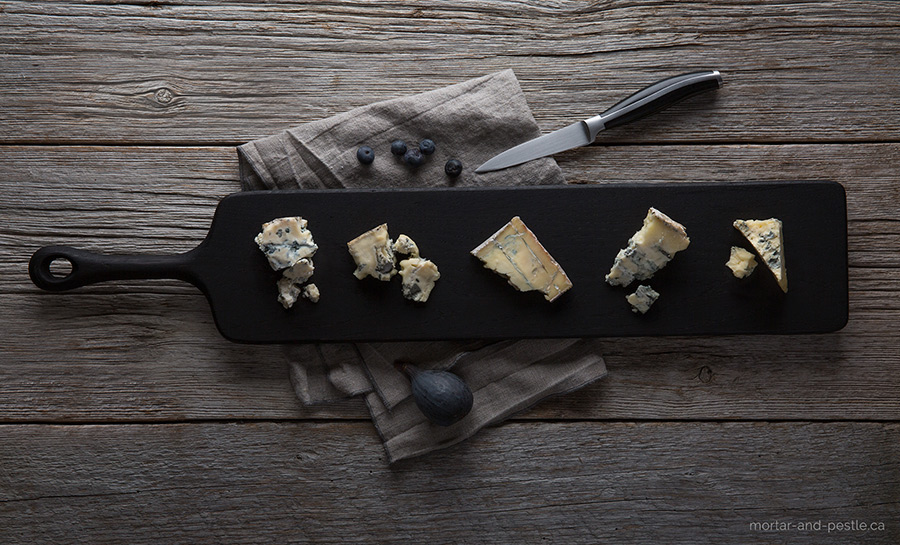
County Fare
In a country as large as Canada, it’s rare that you can taste in a single place a wide variety of the exciting flavours that our diverse terroir produces. Unless, of course, you happen to be in Prince Edward County during the Great Canadian Cheese Festival.
June 25, 2015 | Text David Rollins Photography Rob Lee
.
.
.
.
.
.
.
.
.
County Fare
In a country as large as Canada, it’s rare that you can taste in a single place a wide variety of the exciting flavours that our diverse terroir produces. Unless, of course, you happen to be in Prince Edward County during the Great Canadian Cheese Festival.
June 25, 2015 | Text David Rollins Photography Rob Lee
A tiny headland that creeps quietly back from the Eastern shore of Lake Ontario, Prince Edward County in early June may seem to be little more than just another perfectly beautiful patch of rural Canadian summer: long grass, red barns, sleepy gas stations.
What makes the place so particular are two things you don’t notice at first glance: a microclimate that’s magic for farming, and soil that’s ideal for wine.
A hundred years ago there were a dozens cheese makers in the region. Ontario Cheddars enjoyed such vogue in England that most of the cheese produced here was exported to the Motherland. History and the economy can quickly erase such traditions, but in time new ones take root.
Over the past twenty years or so, a wine industry has cropped up; there are now thirty-something producers making wines that express a thrilling terroir. The County is also the host of the annual Great Canadian Cheese Festival – a delicious celebration of the region’s heritage, and a chance to taste some of the best cheeses made in Canada.
The hero of the Festival is really its producer Georgs Kolesnikovs, who’s turned the five year-old event into something that feels like a grand old agricultural fair. The only thing really missing is a pie contest (to showcase the spectacular fruit from the local orchards). We tasted crisp ciders, black garlic, organic dried sausage, chile-infused honey, ‘pre-prohibition’ cocktail cherries, hand-made mustards, and of course lots of incredible cheese.



Cheesemaker Jean Morin holding a piece of his award-winning Louis d’Or.

You can see the marks of the rods used to inject this Highland Blue with penecillium cultures.

Jenna Fenwick of Back Forty Artisan Cheese.
Our favourites included the cheeses produced by the Fromagerie du Presbytère, in Ste-Élisabeth de Warwick, Québec. Jean Morin, their cheesemaker, is a fourth-generation dairy famer, and something of a rock star in the Canadian cheese world. His cheese-making facility was once an actual church, and the surrounding village gathers around it every Friday afternoon, to taste his cheese and share the pleasures of village life in a sort of informal bring-you-own-wine communion.
His cheeses are among the most delicious and most celebrated in the country – they’ve won top honours in the last three Canadian Cheese Grand Prix, a biennial competition that celebrates the best of the Canadian cheesemaking craft.
Among the dozens of cheese we tasted, our favourite was the Highland Blue – a raw sheep’s milk cheese with the power to stop time for the long moments its flavour lingers in your mouth. It’s produced by Jeff and Jenna Fenwick of Back Forty Artisan Cheese, on their farm in the Lanark Highalnds of Ontario.
Jean Morin is something of
a rock star
in the Canadian
cheese world.
Blue Notes
We’re mad for blue cheese. It’s in a category of taste experience all its own, like truffles and chocolate. In the same way that the same grape can produce wildly different styles of wine, it’s fascinating to see how the same combination of milk, salt, rennet and penicillium cultures can produce blues with endlessly nuanced shades of flavour. Here are our festival favourites.
.
From left to right:
Rébellion 1837
Fromagerie Montebello, Montebello, Québec. Deep blue spruce against soft ivory white, like honed Calacatta marble. Tense umami. Both creamy and crumbly, like raw cookie dough with a triple-x rating.
Lighthall
Lighthall Vineyards, Prince Edward County, Ontario. Crisp studs of silvery sage-green embedded in supple, sheepy creaminess. Aromas of wet earth, and a long, tangy finish. Perfect with their Chardonnay.
Urban Blue
Blue Harbour Cheese, Halifax Nova Scotia. A Gorgonzola-style Blue with a white-chocolatey melty texture, hazelnut aroma, and a powder-blue flavour that leaves a buzz on the tongue.
Highland Blue
Back Forty Artisan Cheese, Lanark, Ontario. Light-textured and fluffy, melts instantly in your mouth. Raw sheep’s milk gives it the aroma of a warm meadow, and a spherical mouthfeel. Our hands-down favourite – a perfect cheese.
Celtic Blue
Glengarry Fine Cheese, Lancaster Ontario. Blue velvet. Smooth and fine-grained, with a flavour like very, very old Cheddar, golden hued and custardy, grey-blue, with pleasingly pointed acidity.
Pinot Envy
After so much cheese, a little wine. Actually, a lot of little sips of lots different ones. Prince Edward County is one of the most fertile wine-growing regions in Canada, with 50 vineyards and 30 wineries, many of which specialize in Pinot Noir. Some wineries have also begun producing their own cheeses.




“This is the
best place
in the world
to grow
Pinot Noir.”
“This is the best place in the world to grow Pinot Noir,” boasts James Lahti, winemaker at Long Dog Winery, in the Southern part of Prince Edward County. The ancient soil his vines are planted in has cast something of a spell on the man, and his wines. As a child, he remembers finding fossils in the area with his father, a geologist, that sparked lively debate about the geological age of the Canadian Shield.
“Our discovery eventually proved that life has existed here for much longer than was previously believed,” he says, as he stoops to swipe the flagstone we’re standing on with his index finger. “You see these tiny sparkles? They’re the dust of seashells, a billion years old.”
It’s the same story that’s told about the whites from the Loire – that the taproots draw life from a substratum of fossilized seashells, giving the wines a notoriously flinty, saline quality, an almost crystalline purity. And if you’re scoffing at the comparison of the two regions, well, I’d challenge you to compare the Pinot Noir James is producing to one from the Loire Valley. It’s certainly not French wine, but it’s one that feels in your mouth like sun-licked earth. We tasted four vintages of it, and woofed with pleasure after first sips of the 2014.

James Lahti – the wine whisperer at Long Dog.

And his barrels of spectacular Pinot Noir. The 2014 will be dazzling.
“I’m selling futures. Would you like to buy a barrel?” It was probably an effect of standing under the same sun that roasted the grapes we were tasting, while standing on the same soil they grew in, and talking to the man that turned them into wine – but it was perhaps the best wine I’ve tasted in my life. Not by standards of international taste, of course – we left those preconceptions at home – but the one that tasted most like the living landscape all around it.
An experience like this always begs the comparison of the Old and New worlds, of young traditions to ancient ones. Our cheese and wine industries are in their infancy by history’s clock. But they’re young Mozarts. You can only wonder in anticipation at how they will flourish and what masterpieces they’ll produce.



